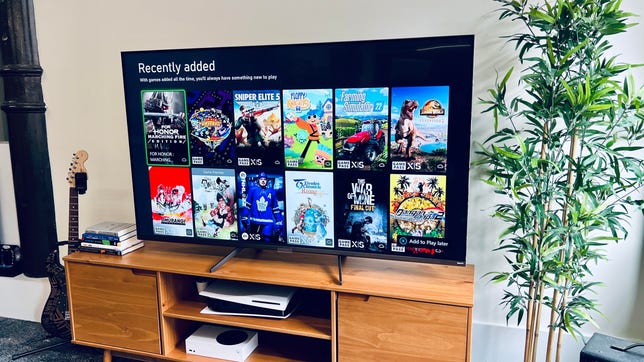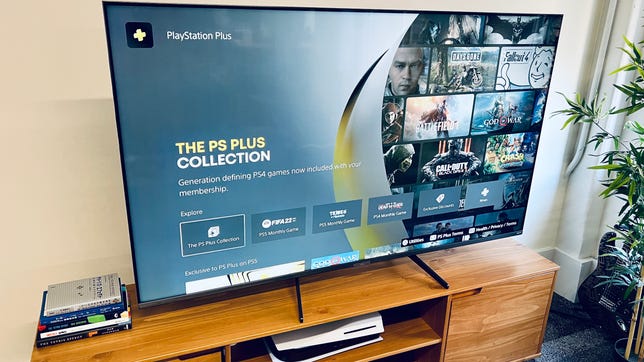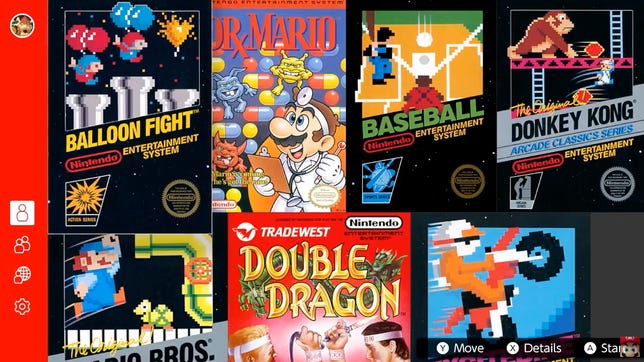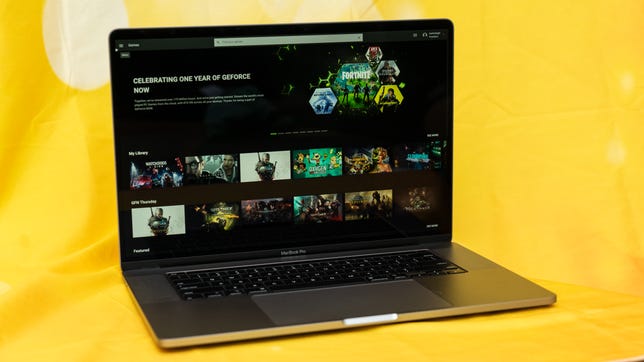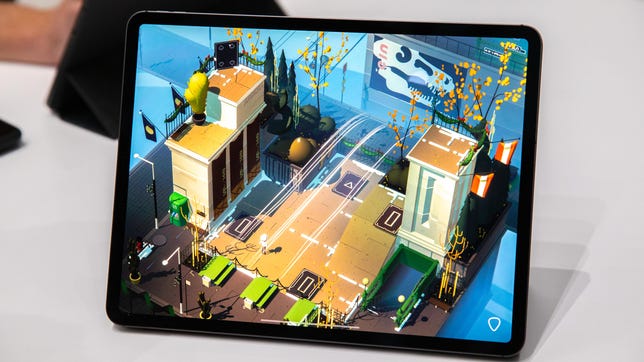Technologies
Here Are the Best Game Subscription Services
Every gaming platform has monthly game subscriptions, from Xbox Game Pass to PlayStation Plus.

Just like movies and television, gaming streaming services have taken over. Every gaming platform has at least one, with Xbox, PlayStation and Nintendo building their gaming subscription servicesaround multiplayer and a library of playable titles.
That’s right, even if you aren’t interested in a digital gaming library, it might be more cost-effective to subscribe to one just to access things like multiplayer — and you might even find a new favorite game along the way.
With cloud gaming and the PC version of Xbox Game Pass, subscriptions are a big part of PC gaming, but not yet the default. It helps that PC gamers can buy games a la carte from a variety of shops (Steam, GOG and so on), which means individual games are often discounted.
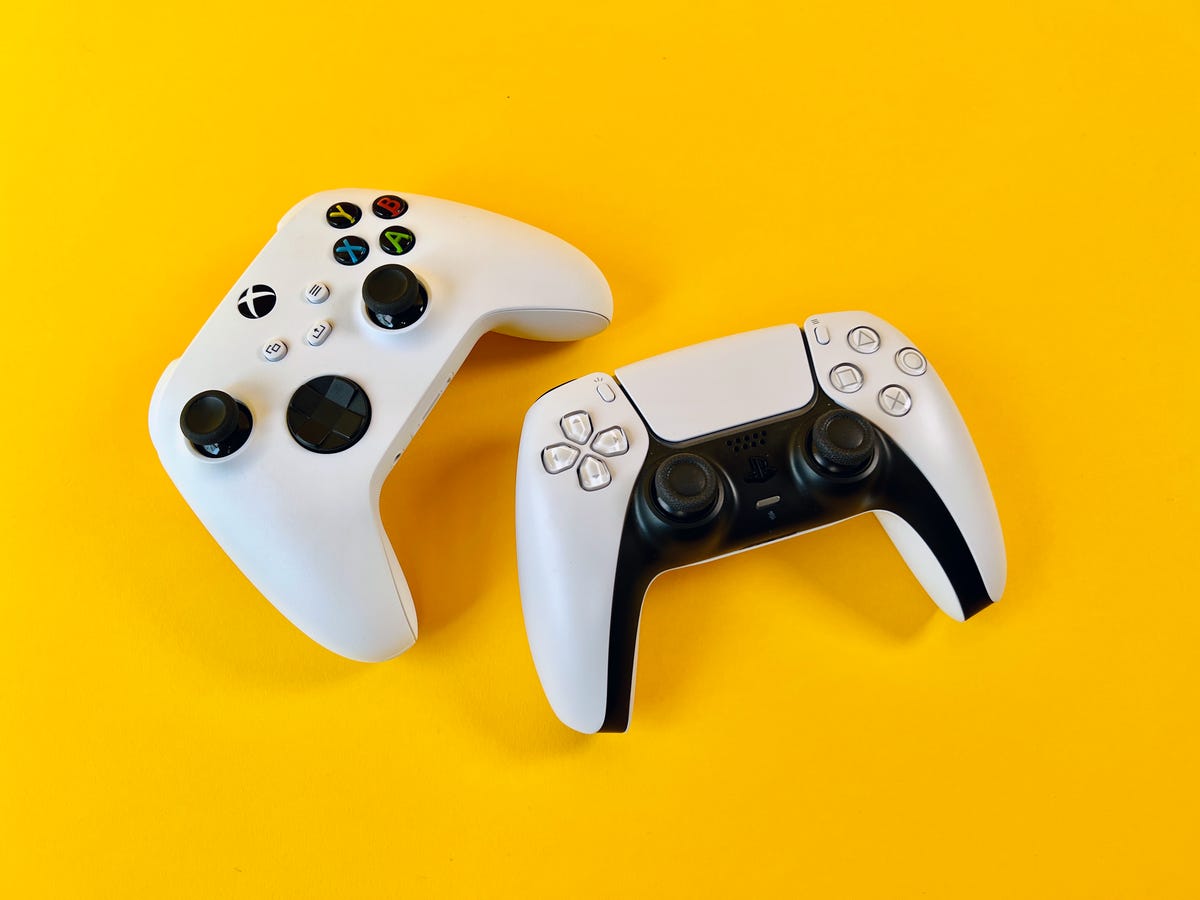

And if content subscriptions are the future of gaming, then cloud gaming subscriptions are the future of that future, as they require almost no specialized hardware, and generally work anywhere, from an iPad to a cheap Chromebook. For this roundup, we’re including both download and cloud-based subscription services.
That said, the road to cloud gaming isn’t always a smooth one. Google shut down its Stadia service in January. And the very first cloud-gaming service, On Live, started in 2010 and shut down in 2015.
Xbox Game Pass Ultimate remains the gold standard, offering a catalog of games across console, PC and cloud (which works on practically any device). But Sony has revamped its PlayStation Plus service to be much closer to what Microsoft offers.
The top tier of services includes:
- Xbox Game Pass Ultimate
- PlayStation Plus
- Nintendo Switch Online
- GeForce Now
- Apple Arcade
Other players include:
- EA Play
- Ubisoft Plus
- Google Play Pass
- Amazon Luna
- Amazon Prime Gaming
Dan Ackerman/CNET
Game Pass has evolved far beyond its Xbox-bound origins to become a subscription that delivers something for everyone who plays games, and now encompasses console and PC game downloads, access to online multiplayer services, a deal with gaming giant EA and a cloud-based service that streams games to nearly any device.
Microsoft offers several versions, but because of how the features are sliced up between them, only the $15-a-month Ultimate plan, with all the benefits detailed above, really makes sense. New subscribers can get their first month for just $1 right now as well.
Dan Ackerman/CNET
This service went through a dramatic change in 2022. The new PS Plus incorporates a large game catalog and also Sony’s PS Now cloud gaming service. Subscribers have access to three tiers: Essential, Extra and Premium (called Deluxe in some countries).
Essential is the same as the previous version of PS Plus, allowing access to online multiplayer games, along with PSN in-store discounts, cloud game saves and two new free-to-you games each month (similar to Xbox Live Gold).
Extra has about 400 PS4 and PS5 games available to play via download for $15 monthly, while Premium costs $18 a month and adds PlayStation 1, PS2, PS3 and PSP games, a handful of time-limited game demos and cloud streaming for select games.
Essential is the least expensive ($10 a month), but Extra ($15 a month) is the tier everyone should have. Premium ($18 a month) feels like a stretch, unless you’re really into retro games. — Oscar Gonzalez
Nintendo
If you want to play online multiplayer with a Nintendo Switch, there’s only one option: Pay for Nintendo Switch Online. The service ranges in price depending on whether you’re playing by yourself or have other family accounts: $19 for a single person is the way to go for most, while $35 covers eight Nintendo family accounts in case others play (or have their own Switches).
Unlike other services, which charge by the month, this single fee covers an entire year. Besides online play, access to a bunch of free NES and SNES games are included, as well as Pac-Man 99. Online cloud saves are useful in case you play across multiple Switches, too.
A bonus tier introduced in 2021 called the Expansion Pack probably isn’t worth it unless you’re a serious Switch player or a lover of retro games. It comes with add-on Animal Crossing, Splatoon 2 and Mario Kart 8 DLC packs that normally cost around $25 each, and adds a bunch of Sega Genesis and N64 games.
But the $50-a-year plan ($80 a year if you choose the family account access) still doesn’t feel worth it yet. If you really love Sega games, there’s already a Genesis Classics compilation in the eShop that’s often on sale. — Scott Stein
Lori Grunin/CNET
GeForce Now differs from the competition in that it lets you play games you’ve already paid for rather than requiring you buy a special version of the game (like Google Stadia or Amazon Luna) or stream games from a circumscribed subscription library (like Xbox Game Pass Ultimate or the Sony PlayStation Plus Premium).
It also works, via an app or web browser, on Android, Windows and Mac OS devices, as well as Chromebooks, iPhones and iPads.
The service costs $10 a month for a version that supports 1080p resolution at up to 60 frames per second. For $20 a month, a premium tier supports 4K resolutions at up to 120fps. A free tier is a great way to try it out, but limits you to one hour of play at a time.
Because of its smart set of plan options, solid performance and big and growing list of supported games, along with Nvidia’s aggressive strategy for its data center and GPU businesses (the bedrock on which GeForce Now is built) I’m recommending it for gamers who’ve amassed large game libraries and want to play them in more places. — Lori Grunin
James Martin/CNET
Apple Arcade has established a polished service with something for every kind of gamer since its launch in 2019. For just $5 per month, subscribers can play hundreds of games without ads or in-app purchases across all their iOS devices. New games are added weekly along with updates for existing titles. You can download and play all of Apple Arcade’s games offline.
The service is still a solid option for users seeking family-friendly gameplay, but Apple Arcade increased its appeal by adding more social and multiplayer games, as well as classic and well-known games already available in the App Store. — Shelby Brown
Also tested
EA Play
For $5 to $15 a month, you get access to a catalog of EA games, but EA Play is also included in Xbox Game Pass Ultimate.
Ubisoft Plus
For $15 a month, you get access to Ubisoft games as a stand-alone PC subscription, or as a paid add-on to Stadia or Luna, and eventually Xbox.
Google Play Pass
Like Apple Arcade, the Google version for Android phones includes lots of games, but also other apps. It works on Android devices only.
Amazon Luna/Prime Gaming
Luna is Amazon’s cloud-based service, like Stadia, that offers different catalogs for between $5 and $18 a month. Prime members can stream some games at no additional cost, and also get access to «a rotating selection» of full downloadable games. Amazon also owns Twitch, so there’s deep built-in integration for streamers.
Stadia
Google’s cloud-based service is no more, but you can still go back and read our launch review of Google Stadia.
Technologies
Repair Your Electronics at Home With This Rare Black Friday Discount on the iFixit Pro Tech Go Toolkit
This toolkit rarely goes on sale, so take advantage of this opportunity to snag it for only $40.
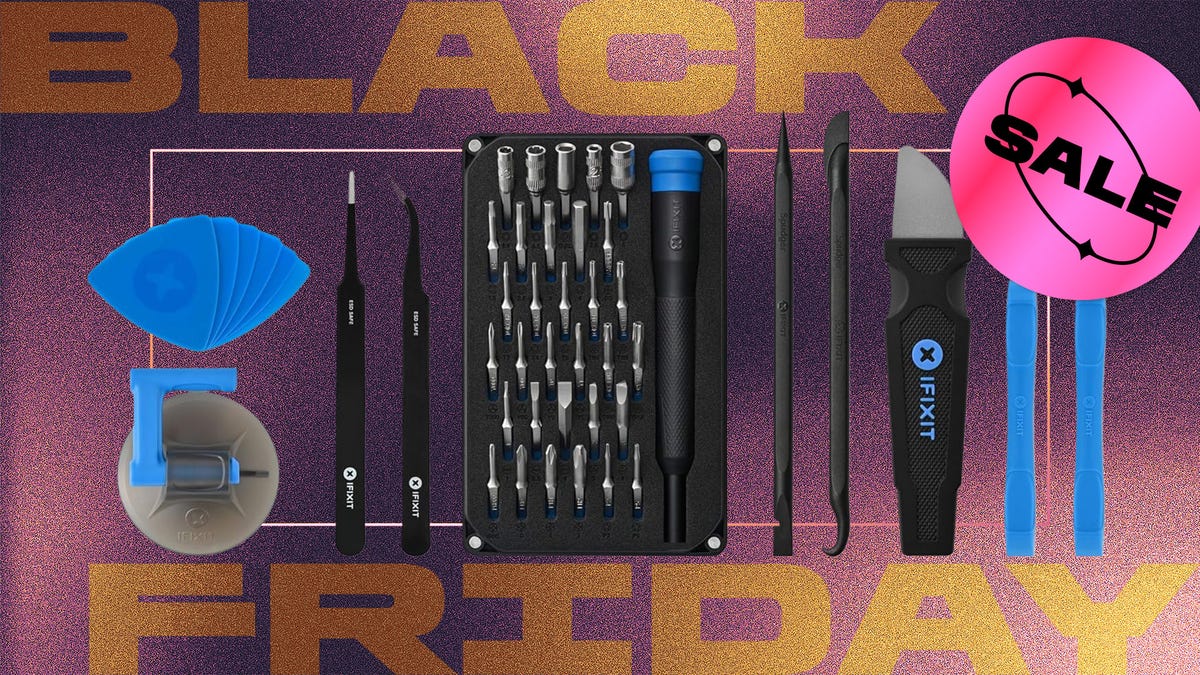
While Black Friday is an excellent time to replace old smartphones or broken laptops at a discount, not everyone is looking to splurge on new tech right now. If you’re shopping on a budget, or simply like the devices that you have and aren’t ready for an upgrade, investing in an electronics repair kit may be a wise option. We’ve spotted a discount on the iFixit Pro Tech Go tech toolkit, bringing its price down to just $40. But don’t delay, Black Friday is in its final hours and this kit rarely goes on sale.
The iFixit Pro Tech Go kit can be used to open up and repair a wide range of electronics, including smartphones, laptops, gaming consoles, and smart home devices for DIY repairs like battery or screen replacements. The kit has a 32-bit Moray driver kit, an opening tool, a suction handle, a jimmy, a spudger and angled tweezer to carefully open your devices.
Don’t miss any of our unbiased tech content and lab-based reviews. Add CNET as a preferred Google source.
Repairing your own tech can save you hundreds or even thousands of dollars. It also reduces e-waste by helping your devices last longer rather than throwing them away over minor issue. As of this year, all 50 states have introduced right-to-repair legislation designed to give people a legal right to fix their own tech, and several states have already signed it into law.
You can check out more deals from iFixIt now on Amazon. Plus, for other budget buys, check out our roundup of the best Black Friday deals under $100.
MOBILE DEALS OF THE WEEK
-
$749 (save $250)
-
$475 (save $175)
-
$499 (save $300)
-
$900 (save $400)
Why this deal matters
This is a record low price on a repair kit that rarely goes on sale. While we did see a modest discount on the iFixit Pro Tech Go toolkit during Amazon Prime Day in July, it was not marked down for October Prime Day or other sales such as Memorial Day or Labor Day. As such, it’s fairly unlikely that we’ll see it go on sale again this season, so this might be your last chance to get the toolkit for only $40.
Join Our Daily Deals Text Group!
Get hand-picked deals from CNET shopping experts straight to your phone.
By signing up, you confirm you are 16+ and agree to receive recurring marketing messages at the phone number provided. Consent is not a condition of purchase. Reply STOP to unsubscribe. Msg & data rates may apply. View our Privacy Policy and Terms of Use.
Technologies
Don’t Say Goodbye to Black Friday Yet. These Rare Apple Discounts Are Still Going Strong
Technologies
What a Ban Would Actually Mean for DJI Drone Owners and Holiday Shoppers
What’s the secret to a very un-merry shopping season? A brand new, unusable drone.
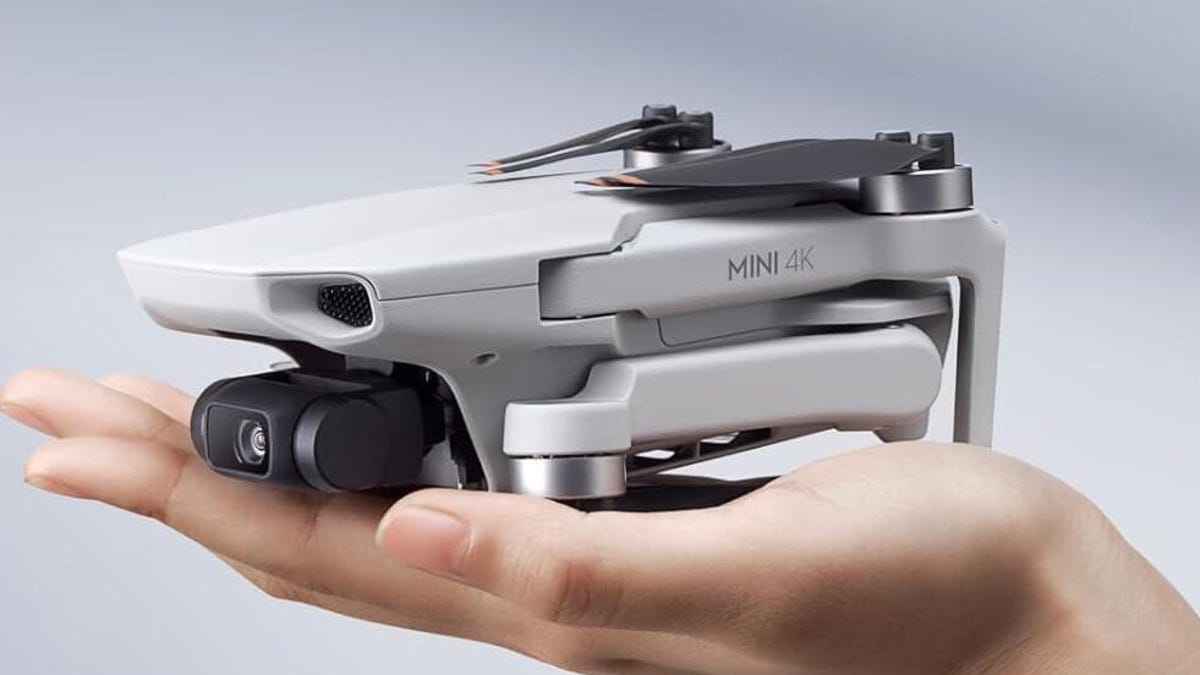
With Thanksgiving wrapped up and the Black Friday shopping sales here, if a DJI drone is on your holiday wish list, you might want to hit «buy» immediately. The company has issued a stark warning: Its drones could be banned from sale in the US, and the deadline is looming.
The Federal Communications Commission voted 3-0 at the end of October to «close loopholes» that allow tech deemed a «national security risk» to be sold in the US. In plain English, the US government is clearing the path to give DJI the same treatment it gave Chinese phone-maker Huawei, effectively banning its products from the American market.
The US government has deemed DJI, which is based in China, a security risk. It’s also considering a separate ban on TP-Link routers.
DJI is already sounding the alarm, posting on Instagram that a «deadline that could decide DJI’s fate in the US is just 43 days away» (now 19 days away). The company is warning that without an audit, its products could face an «automatic ban.» The US government has long labeled the Chinese drone maker a security risk, and it looks like the hammer might finally be coming down right before the holidays.
Don’t miss any of our unbiased tech content and lab-based reviews. Add CNET as a preferred Google source.
The vote isn’t the end of the road, however. Future bans would need to target specific products and would require a period of public consultation. But it appears the groundwork is being set for the FCC to block sales of future and some existing DJI drones from US shores, as well as products that use DJI technology.
The government has called for a DJI audit by the end of the year, but if that doesn’t happen, DJI drone products could be banned for sale by default under a national security law.
DJI asks for a security audit before any ban
A representative for DJI told CNET that while the FCC vote references a rule change that doesn’t currently apply to DJI specifically, the National Defense Authorization Act deadline in December would put Chinese companies like it on the FCC’s ban list, «without any evidence of wrongdoing or the right to appeal.»
Adam Welsh, head of global policy at DJI, said the company has repeatedly said it would be open to audit, but that «more than 10 months have now passed with no sign that the process has begun.»
«The US government has every right to strengthen national security measures, but this must go hand in hand with due process, fairness, and transparency,» Welsh said.
Welsh said DJI is urging the government to start the audit process or grant an extension.
Will DJI drone owners need to give them up?
Because the ban would apply to new sales, not drones that have already been sold, a DJI drone you already own would still be legal to use — at least under current rules.
Government agencies, however, are prohibited from purchasing or using drones from Chinese companies, including DJI.
DJI’s drones consistently rank high in their product category. In January, they dominated CNET’s list of best drones for 2025. But some of the company’s newest products, such as the DJI Mavic 4 Pro, haven’t been available for sale in the United States.
Even DJI products that are not yet banned may be hard to find. The website UAV Coach has posted a guide to the bans and reports that, due to inventory issues, most DJI drone models are sold out at retailers regardless of future FCC action.
-

 Technologies3 года ago
Technologies3 года agoTech Companies Need to Be Held Accountable for Security, Experts Say
-

 Technologies3 года ago
Technologies3 года agoBest Handheld Game Console in 2023
-

 Technologies3 года ago
Technologies3 года agoTighten Up Your VR Game With the Best Head Straps for Quest 2
-

 Technologies4 года ago
Technologies4 года agoBlack Friday 2021: The best deals on TVs, headphones, kitchenware, and more
-

 Technologies4 года ago
Technologies4 года agoVerum, Wickr and Threema: next generation secured messengers
-

 Technologies4 года ago
Technologies4 года agoGoogle to require vaccinations as Silicon Valley rethinks return-to-office policies
-

 Technologies4 года ago
Technologies4 года agoOlivia Harlan Dekker for Verum Messenger
-

 Technologies4 года ago
Technologies4 года agoiPhone 13 event: How to watch Apple’s big announcement tomorrow

